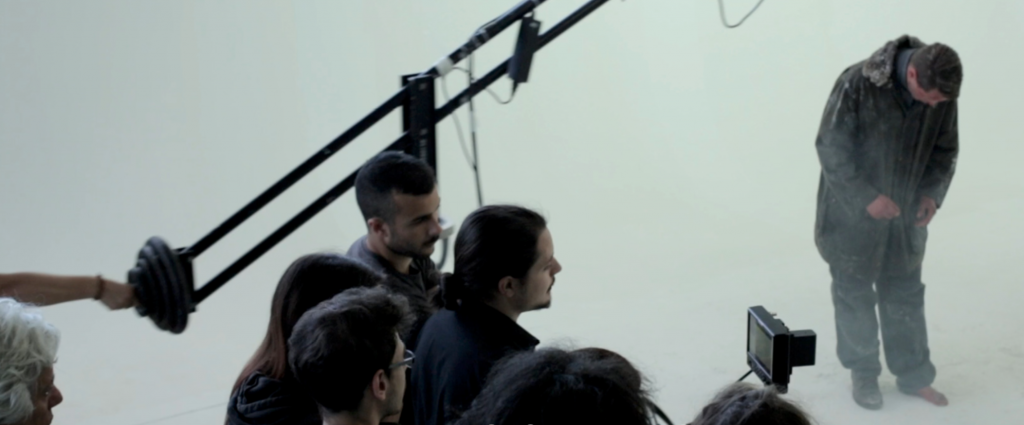Master of Science in Film Arts Rome University of Fine Arts - RUFA

You will perfect your theoretical and practical training by studying specific subjects such as cinema, set design, photography, editing, sound engineering, multimedia products, computer animation, 3D, phenomenology of images and sociology of contemporary art.
The Master of Arts in Film Arts aims to train highly qualified professionals who, bearing in mind the pluralism of languages and technological innovations, are able to develop individual research in the field of film-making, also intended as the development and experimentation of new expressive languages. The disciplinary fields insist on an all-round preparation, by using traditional means and innovative methods, in order to conceive and devise an audiovisual work. The traditional subjects characterising the course have been combined with studies related to the phenomenology of the arts and the image, in order to offer the student adequate theoretical and practical knowledge of film language. Aspects of internationality and multidisciplinarity constantly interact in the learning outcomes. Film-making theory and technique, organization and direction of actors, script-writing, editing and cinematography, documentation, are just some of the topics covered in full harmony with the needs of students who want to enter the film, audiovisual, web and TV industry. Seminars, workshops, meetings with professionals, on SET internships and trials, offer the student a constantly topical comparison with the world of work.
Expected learning outcomes
Qualification descriptors – QTl2010
Master of Arts descriptors – The Master of Arts qualifications may be awarded to students who have achieved the knowledge, skills and abilities described below.
Knowledge and understanding
Film Arts graduates need to have demonstrated their cultural and technical knowledge related to film critical analysis, script-writing, production and creation of an audiovisual work, which expand and reinforce those associated to the Bachelor of Arts course, necessary for the development of an increasingly mature artistic sensibility in the film-making field.
Applying knowledge and understanding
Film Arts graduates must be able to apply the parameters necessary for writing a script and the direction of actors; they must also possess the photographic skills necessary to set up a film set and the professional skills for the editing and finalisation of an audiovisual work.
Admission criteria
Access requirements:
a) All those holding a Bachelor of Arts or a Master of Arts in subjects associated with the course can apply.
b) The transition from the Bachelor of Arts to the Master of Arts within the School of New Art Technologies takes place directly.
c) Students from another School or University Faculty shall be admitted by
means of an admission test; these students may be given additional required courses: up to 12 training credits [CFA] for Bachelor of Arts Graduates from another school; up to 18 training credits for University Faculty (Humanities, Sciences or Polytechnics) graduates.
Students are required to submit a certificate that demonstrates their knowledge of the English language (B2 level).
Verification procedure:
a) The admission test to the Master of Arts is aimed at understanding the reasons and aptitudes for taking the chosen study course and for verifying the adequacy of individual preparation for admission purposes.
b) The test involves an interview with a presentation of the candidate’s own portfolio, containing work and projects and any other documentation considered useful for admission purposes.
c) The selection of students admitted to the course is made on the basis of the results and assessments of the admission test and the maximum number of students admitted to the course is programmed in relation to the student to teacher ratio, as well as the provision of appropriate facilities and infrastructure for specific educational activities. Before the beginning of each academic year, the Council of Directors decides upon the maximum number of students for the composition of the classes and the possible splitting of said classes. Individual disciplines taught in the same class, may also be split.

